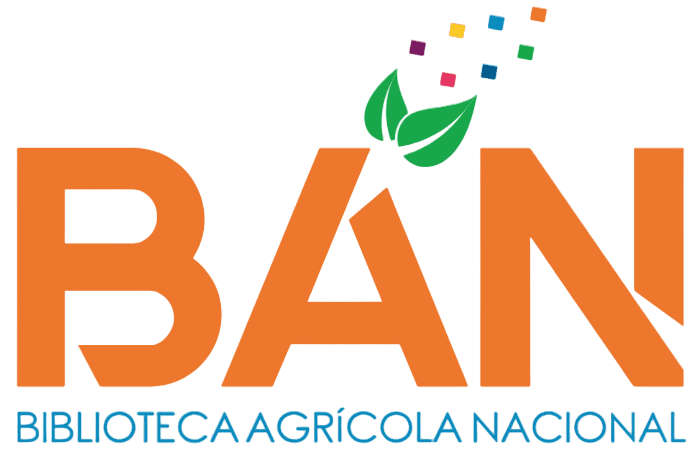Manejo de la oidiosis del mango (Mangifera indica L.) var. Kent, para la exportación aérea, en el Fundo Jumifrut, Ancash
Loading...
Código QR
Authors
Iglesias Inciso, Miguel Angel
Contact Email
Abstract
El presente trabajo de suficiencia profesional tuvo como objetivo diseñar e implementar un plan de manejo integrado para el control de la oidiosis (Oidium mangiferae) en el cultivo de mango Kent (Mangifera indica L.) en el Fundo Jumifrut ubicado en Pampa La Carbonera, Ancash, orientado a cumplir con los estándares de calidad para exportación aérea y los límites máximos de residuos (LMR) de la Unión Europea. La metodología se basó en un enfoque preventivo que consistió en el monitoreo sistemático de la enfermedad (evaluación de la incidencia), variables climáticas (temperatura y humedad relativa), y la rotación de fungicidas de contacto (azufre, mancozeb) y sistémicos (bupirimate, tebuconazol, metil tiofanato, pyraclostrobin), aplicados de acuerdo a umbrales definidos (1% de incidencia en etapa crítica y 5 % en el resto de la fenología). Los resultados demostraron una reducción en la incidencia de daños por oidiosis en poscosecha, llegando a un 3.2%. Los análisis de residuos mediante HPLC-MS confirmaron niveles inferiores al 30% de los LMR de la UE, haciendo que la fruta sea apta incluso para mercados de supermercados que exigen ≤33% del límite. El plan destacó la importancia de integrar prácticas agronómicas con la rotación de fungicidas según sus mecanismos de acción, minimizando el riesgo de generar resistencias. Se concluye que el enfoque propuesto optimiza la calidad y rentabilidad del fundo de mango Kent.
This professional sufficiency work aimed to design and implement an integrated management plan to control powdery mildew (Oidium mangiferae) in Kent mango (Mangifera indica L.) crops at Fundo Jumifrut, located in Pampa La Carbonera, Ancash, Peru. The plan focused on meeting quality standards for aerial export and the European Union's Maximum Residue Limits (MRLs). The methodology employed a preventive approach, including systematic monitoring of disease incidence, climatic variables (temperature and relative humidity), and the rotation of contact fungicides (sulfur, mancozeb) and systemic fungicides (bupirimate, tebuconazole, methyl thiophanate, pyraclostrobin), applied according to defined thresholds (1% incidence during critical stages and 5% during the rest of the phenological cycle). Results showed a reduction in postharvest damage caused by powdery mildew, reaching 3.2% incidence. Residue analyses via HPLC MS confirmed levels below 30% of the EU MRLs, ensuring the fruit's suitability even for supermercados markets requiring ≤33% of the limit. The plan emphasized the integration of agronomic practices with fungicide rotation based on their modes of action, minimizing resistance risks. It is concluded that this approach optimizes quality and profitability in Kent mango production.
This professional sufficiency work aimed to design and implement an integrated management plan to control powdery mildew (Oidium mangiferae) in Kent mango (Mangifera indica L.) crops at Fundo Jumifrut, located in Pampa La Carbonera, Ancash, Peru. The plan focused on meeting quality standards for aerial export and the European Union's Maximum Residue Limits (MRLs). The methodology employed a preventive approach, including systematic monitoring of disease incidence, climatic variables (temperature and relative humidity), and the rotation of contact fungicides (sulfur, mancozeb) and systemic fungicides (bupirimate, tebuconazole, methyl thiophanate, pyraclostrobin), applied according to defined thresholds (1% incidence during critical stages and 5% during the rest of the phenological cycle). Results showed a reduction in postharvest damage caused by powdery mildew, reaching 3.2% incidence. Residue analyses via HPLC MS confirmed levels below 30% of the EU MRLs, ensuring the fruit's suitability even for supermercados markets requiring ≤33% of the limit. The plan emphasized the integration of agronomic practices with fungicide rotation based on their modes of action, minimizing resistance risks. It is concluded that this approach optimizes quality and profitability in Kent mango production.
Description
Universidad Nacional Agraria La Molina. Facultad de Agronomía. Departamento Académico de Fitopatología
Keywords
Oidiosis
Citation
Date
2025
Collections
Seleccionar año de consulta:
Licencia de uso

Excepto si se señala otra cosa, la licencia del ítem se describe como info:eu-repo/semantics/openAccess

